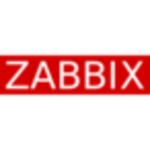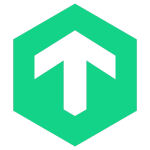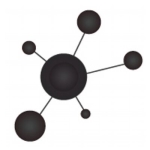Popular, cost effective, versatile Open Source NMS tool that requires some amount of exploration and effort by network admin
Nagios Overview
Nagios is a free Open source network monitoring system. It monitors Router, Switches, Servers, websites etc… for flaps and service interruption and bandwidth monitoring Via SNMP. Different color code can be used for easily identify the link state. Nagios can be used for monitoring small (Few nods network) to very big enterprise network. Nagios is very stable and has an ample of plugins available for added Monitoring capability. Nagios Core is free basic application, plugins are used to extend Core capability. Plugin are either compiled binaries written in languages such as C , C++ or executable script such as Pearl, Shell , PHP python and vbscripts. Plugin are executed by core and return the results to core for further processing. If you require support you can purchase Nagios XI with fixed onetime fee and limited email support or support contract.
Pros : 1. We selected Nagios Core as it is Very Cost effective then its competitors. (Core is free Under GNU General Public License).
2. Highly Robust, flexible & versatile tool as Swiss army knife.
3. Nagios is Scalable, scalability was essential for our upcoming projects.
4. Thousands of Plugins are available to extend features and functionality i.e. Checking Cisco CPU utilization, Interface state and BW, alert changes in IOS device, email alert when certain threshold is reached in interface etc ...
5. Email and SMS alerts avalable.
6. Monitor via SNMP.
7. Support by very big active community on internet
Cons :
1) In Nagios some features in Core are not provided out of the box, but can carried out with existing plugins and config tool or can be scripted by self.
2) For Core Usability is limited without proper tweaking or customization.
3) For Core users - Administrator needs to put some efforts and having knowledge of Linux and Scripting knowledge will be advantageous to customize.
4) Core Does not does support auto discovery, but can be implemented Nagios Discovery Tool (NDT) also Nagios XI has this.
5) Nagios XI is not free but has value and cheaper than competitors.

















The UI isn't slow, it would only be slow if the underlining OS hasn't been giving a descent amount of resources.
Yes learning Nagios is difficult but once you learn its full potential, I'm sure anyone will benefit from what Nagios has to offer.
If you integrate nagios into software/apps such as Centreon or NagioSQL then dynamic monitoring can be achieved.
I think its a brilliant piece of kit, once you know what its capable of you can customise it to your needs and also for free.
Wissam